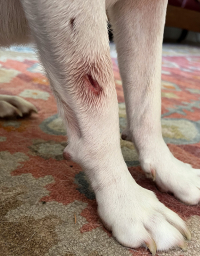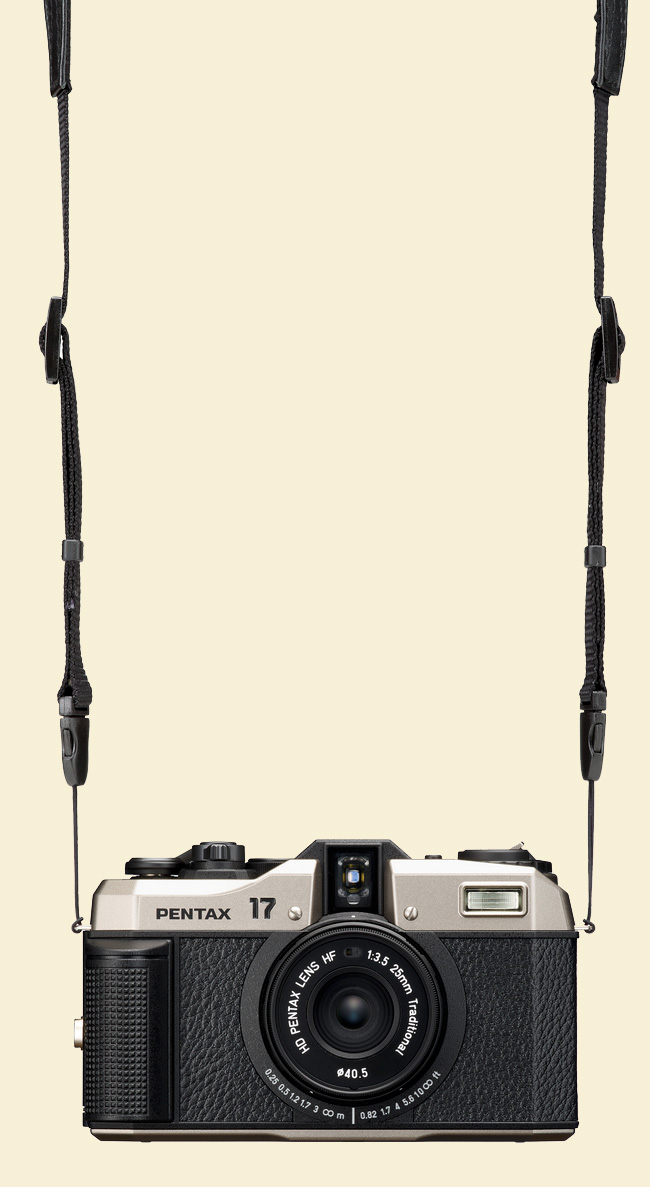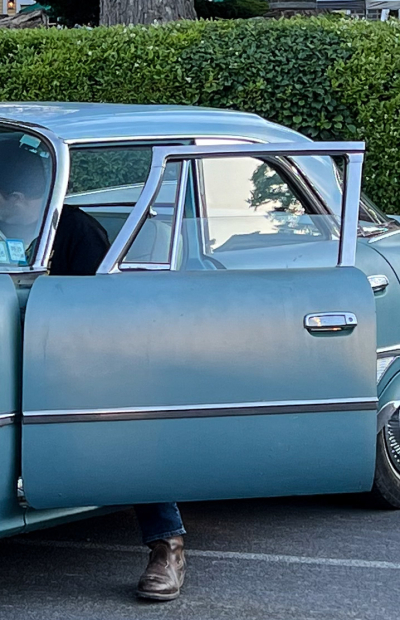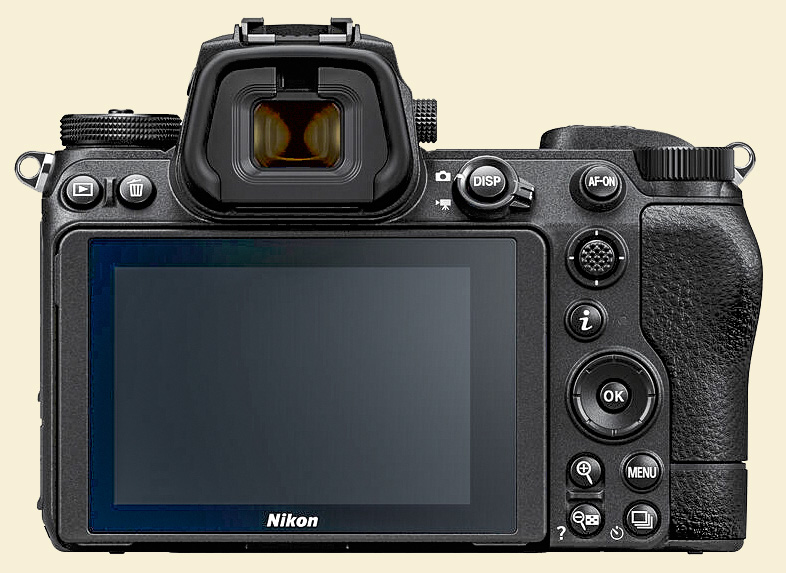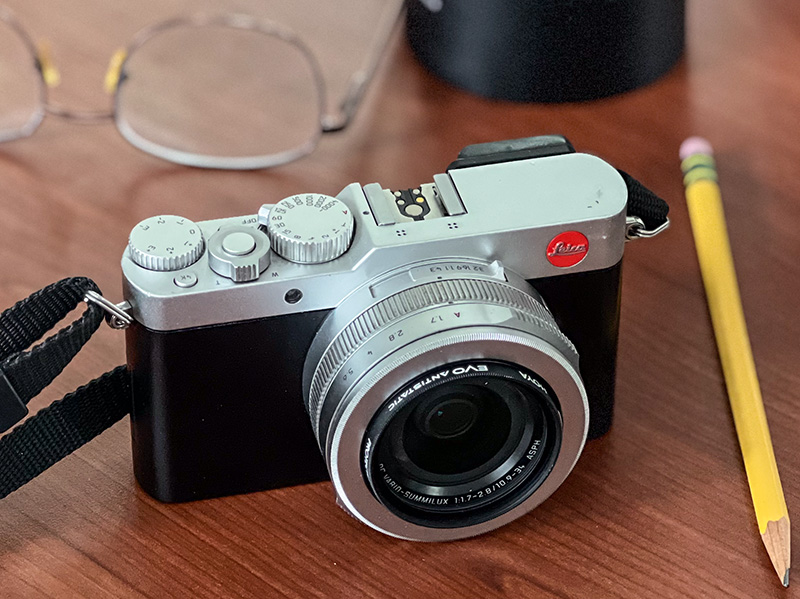Comments to previous posts were 100% updated as of 10:37 ET this morning
Did you read the Featured Comments from yesterday? There's a lot there.
I didn't mean to get on to the topic of day rates and reminiscing about professional work in Washington D.C. in the 1990s, but that's how it goes on a blog—something gets mentioned, questions get asked, and off we go.
And it's interesting. "So, OK" as David Vestal used to say.
First thing to point out is that Kirk, and pro-photographer readers such as John Gillooly, know far more than I do about the business side of professional photography, and have far more real-world experience. So believe John and Kirk and others like them (and Kirk's book) over me. I'm just talking to people and reporting back, is all.
...And drawing on limited experience. I worked with three other photographers in the Paul Kennedy studio in the late '80s and early '90s. Paul is now retired from a career in graphic arts, teaching, and professional photography. But here's a thought that occurred to me during a lively conversation with Paul yesterday. If you are working (and charging) at the lower end of any market, you might have more business problems, more trouble getting work, and more arguments with clients—not fewer.
One minor case in point, just as an illustration. When I was Editor of Photo Techniques magazine (the title Darkroom & Creative Camera Techniques gently simplified into), Ilford, the film and paper manufacturer then in Mobberly, Cheshire, advertised in most issues. And we never had the least little problem with them. They'd buy a full page, pay full weight ($3,000 I believe), and had only one request: they didn't want their ad to appear near any article that mentioned their products, to avoid any appearance of quid pro quo.
Then there was the guy who manufactured a little darkroom widgey in his garage. He sold them for $15 or so. He bought the smallest classified ad every month, for something like $60. Well, the ad department had to give him all sorts of attention! He wanted to know where his ad would appear, which other ads it was going to be near, what it would look like, whether it could be redesigned at the last minute, whether he could get a discount for this or that reason, on and on. He thought we should send him a proof of the finished page, rather difficult because the classifieds were seldom settled until right before the issue went to the printer. Our ad salesman had to do ten times as much hand-holding for that $60 guy as he did for Ilford.
One more little data point. Personally, over the years, I've had the most trouble with portrait clients I was working for for free! Not all free clients are troublesome, I don't mean that. But all the most troublesome ones were people I wasn't charging.
My experience, just as an observer, is that most people who are willing to pay a lot of money for something just want to be assured of a high-quality product and a high-quality experience. They want to know the person they're hiring knows exactly what they're doing and will take care of everything. They don't want to haggle and bitch and nag and worry and complain. It's the people who are trying to get the cheapest possible deal who will do all that!
I'd be interested to know your thoughts about that. If it's true, though, then beware what part of the market you're targeting or placing yourself in. People think the shallow end of the pool is safer and more of a sure thing. Often, people think they'll have fewer problems marketing and fewer problems with customers at the cheaper end of the spectrum, but that's exactly where most of the problems reside. The deep end is better to swim in.
I'll have one more post about this topic—I heard from another old friend from those vanished days in D.C., Bruce Katz, and he had a lot of interesting things to say.
Mike
Original contents copyright 2024 by Michael C. Johnston and/or the bylined author. All Rights Reserved. Links in this post may be to our affiliates; sales through affiliate links may benefit this site. As an Amazon Associate I earn from qualifying purchases. (To see all the comments, click on the "Comments" link below or on the title of this post.)
Featured Comments from:
Nicholas Hartmann: "My experience over 40 years as an independent information services provider (= translator specializing in German patents) closely resembles that of other commenters: at the top end, the clients who understand and require the highest quality don't care what you charge. What they do want is to work with someone as expert and professional as they are, in every way. They have no tolerance for sloppy work, stupid mistakes, blown deadlines, or excuses. So yes, getting out to the deep end with the big kids can be very rewarding.
"Only thing is, you need to be a very good swimmer; if you're not, go find a different pool."
Kirk: "Good Old Adages about business:
"20% of customers make 80% of the problems. (If you are good at qualifying your customers it can be more like 90:10).
"You don't become successful from the clients you gain; success comes from the clients you fire. I routinely fired problem clients. The fewer bad clients the fewer headaches and the more room on the schedule for better clients. The belief that leads to most art business failures is: The deck is stacked against you/the clients have all the power. Not true. If you are good at what you do you'll find the clients need you at least as much as you need them.
"The other imperative for a healthy business is that you have to raise your rates every year. Have to. Get your clients used to it each year instead of trying to spring big changes on them every five years.
"Never charge by the hour. Always charge by the job. 'You don't get paid for the hour; you get paid for the value you bring to the hour.' If you get faster, more efficient and better every year but you keep charging by the hour you'll make less and less money every year. That's why it's important to bill based on the value of the job.
"It's okay to itemize on a bid. It's silly to itemize on an invoice. Line items give overly picky customers something to argue about...('but we didn't eat all the grapes, so why do we have to pay for the whole bag...').
"Just a few things that my successful peers taught me."
Jayanand Govindaraj: "I agree with your premise 100% from my experience of running my own business for 20+ years. The biggest advantage of being at the top of the range as far as rates are concerned, in any business, is that you would require far less assignments to break even, and, indeed, to earn a good living. The second advantage is a reduction in the number of egoistic and demanding clients to handle. The flip side is that to achieve this, service quality has to be meticulous, professional and top notch. I have generally observed that this is beyond the reach of many self-employed professionals, for whatever reason."
JOHN B GILLOOLY: "One of the important distinctions that I notice as I read through the comments. My personal philosophy is that I am not interested in assignments or one-off jobs. I am interested in clients that I will work with steadily for years and decades. And these are almost exclusively commercial clients where I am dealing with professionals. Business to business relationships. When you are negotiating with a one-off client, you do need to be very vigilant - contract, deposit, very specific deliverables, etc. New clients require a decent amount of work to onboard in terms of photographic workflow and banking. If it doesn't really have potential to grow into a steady client, I am not very interested."
Kirk: "John Gillooly is absolutely correct! Long-term clients are the goal. The five projects I've done since the beginning of May are all for clients we've worked with for ten, fifteen or twenty years. Large law firms, medical practices and technology companies. One of the firms has been a client for over 30 years. You build trust. And consistency. And the repeat business means financial stability. They are much more interested in the end products than they are concerned about price. They are paying better for not having to worry about each job. We know what they want and they know how to ask for it. The relationship is good for both. Less and less friction of trade makes the work much more profitable. It's why we've consistently steered away from the retail photography sector (consumer portraits, weddings, etc.) where each client requires a lot of education and handholding while having far, far, far smaller budgets. Work for the people who can write big checks. A lesson I learned working at an advertising agency...."
